How to Ride a Cycle for the First Time: A Step-by-Step Guide on How to Cycle
Choosing the Right Bike – How to pick the perfect cycle size and why e-cycles might be your next step
Safety First – The essential gear you need (and how to look cool wearing it)
Learning to Balance – Mastering the art of staying upright before you start pedalling
Pedalling Basics – How to get those wheels turning and build confidence
Braking 101 – Learning to stop smoothly and safely, without the drama
Steering Tips – How to turn like a pro and avoid oversteering
Practice Makes Progress – Why consistency (and patience) is everything
Customising Your Ride – Fun ways to personalise your bike and make it truly yours
Thinking Ahead: Exploring E-Cycles – What comes after you’ve nailed the basics
Conclusion: You’re Ready to Ride! – Reflecting on your journey and what’s next.
Learning to ride a bike is one of those life milestones that most of us, if not all, will remember for the rest of our lives.
It’s like unveiling a new superpower - one that gives you the first taste of freedom, to go wherever your heart desires.
Whether you are an adult looking to upgrade with this basic life skill or a child venturing into the fascinating world of cycling for the first time, taking on that first pedal is always an exciting experience.
Yes, chances are that you may wobble and even fall (probably, more than a few times), but that’s part of the excitement and the experience. And the minute you manage to stay upright and glide forward without a hand holding on to you, it is absolutely mesmerising.
Learning how to ride a bicycle is more than just a new skill; it is also about growing up and living out your childhood dreams without any restraints.
But believe it or not, as you prepare for this adventure, you might start to consider all the possibilities of biking today that go beyond the good old traditional cycling. For instance, all-majestical electric cycles (e-cycles) come with throttle power. Yep, even beginners like you can zoom around on an e-cycle with ease from day one.
More on that later—first, let’s get you riding the old-fashioned way!
Ready to take on this pedal-powered journey?
Let’s roll!
1. Choosing the Right Bike: E-Cycles in the Future? Maybe!
First things first, the most important thing about learning how to ride a bike is finding the right size.
In this case, you need to be Goldilocks, on a mission to find the perfect size—a cycle that's neither big nor small, just perfect. A properly sized bike keeps you happy and comfortable, letting you stay on the move for a long time.
If you need a detailed guide to finding out your perfect size, check out this blog.
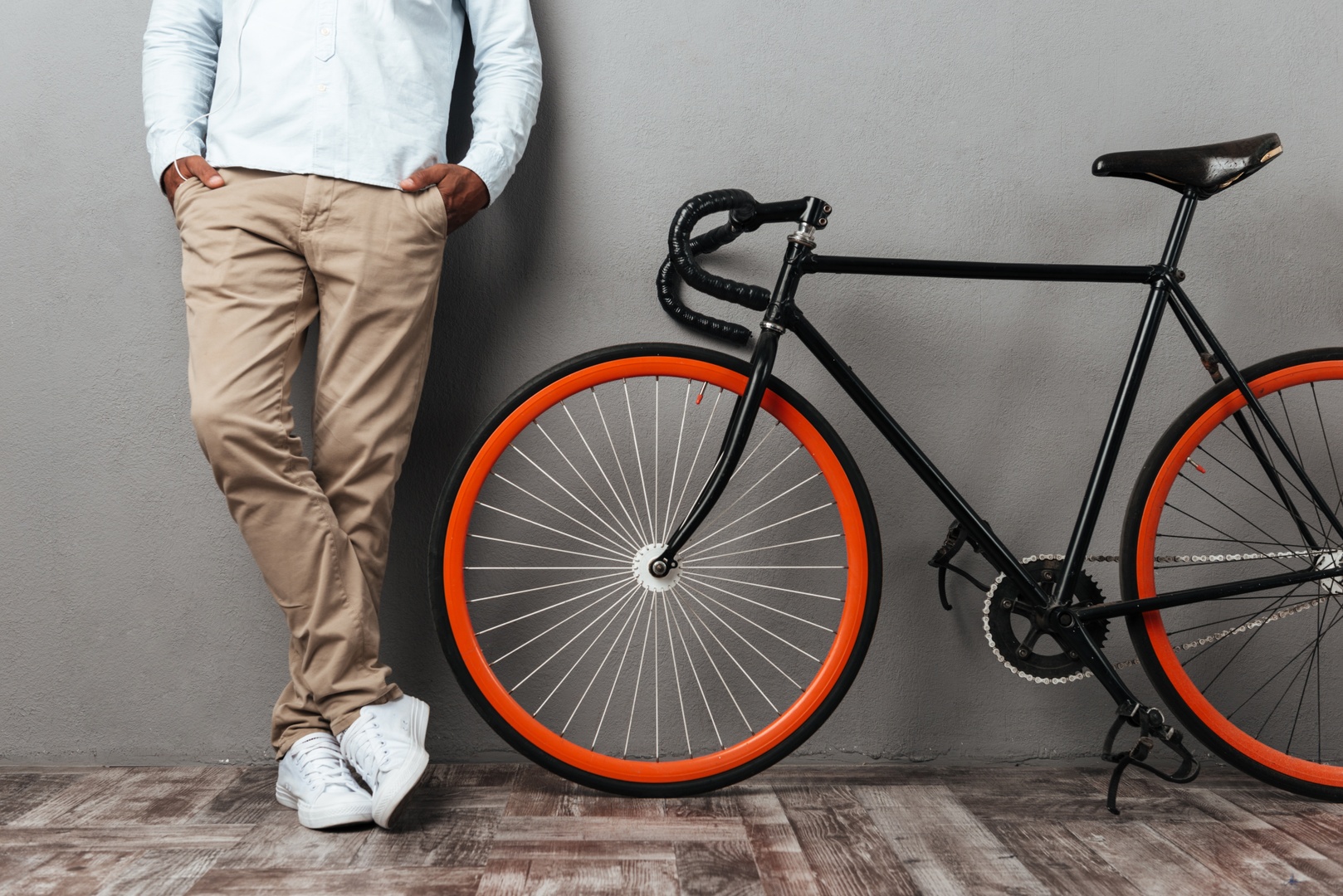
Sizing it up: When sitting on the saddle, the tip of your toes must reach the ground. For new riders or kids, balancing bikes (one without pedals) or lowering the seat can be a great help to maintain balance and remain upright.
Fit matters: The handlebars should be kept in a relaxed position and comfortably reachable without the need to bend forward or extend the arms awkwardly.
Besides this, you can also sneak a peek into the world of e-cycle. No need to use them just yet - but hey, keep them in mind for the future!
They are a revolutionary addition to the cycling world. They come with a pedal-assist boost that riders can use at will, especially during those long, wearisome journeys.
But for the time being, let’s focus on the most important aspects—practising balancing and pedalling without any electric assistance.
Pro Tip: You don’t need the wildest, fastest, or costliest bike when you are just starting out. Get something reasonable at first. Believe me, a properly fitted bike will help you learn just fine. Once you know you can do it and want to pursue riding further, go for the better picks.
2. Safety First: Gear Up and Look Cool Doing It
Nobody said no to being stylish while staying safe!
After all, a helmet is pretty much like a crown, so we expect you to wear it just like one, and not remove it during your rides. It can be a plain coloured helmet or a fancy, dazzling one, but the most important thing is the right fit.
Check out some of these amazing ones you need to get your head into!
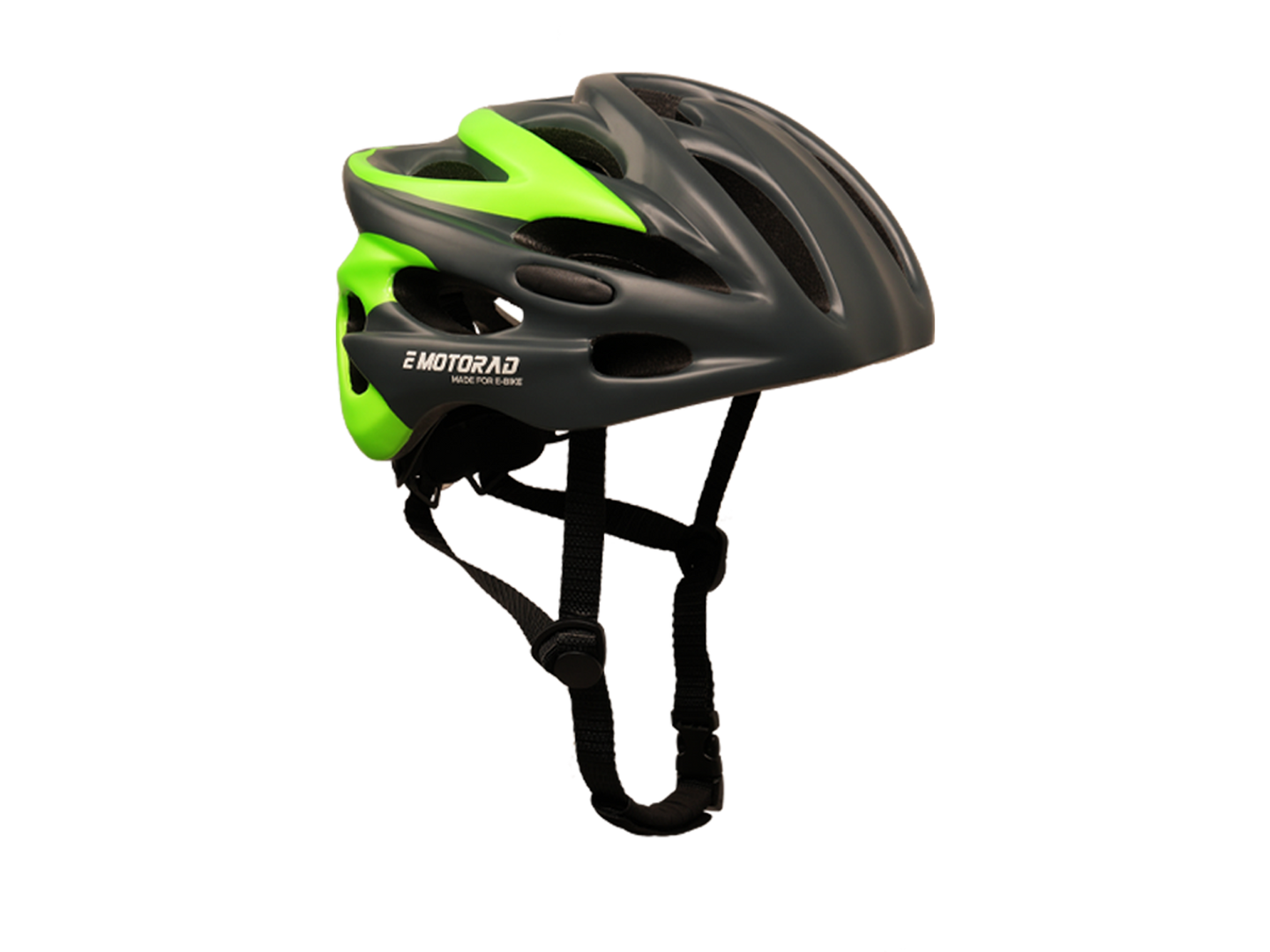
Helmet check: Your head should fit firmly and snugly inside the helmet, not pushed backwards or forward. Adjust the straps so that a 'V shape' forms just beneath the ears. Pull the chin strap until only two fingers can pass between the chin and the strap.
Optional accessories: Knee and elbow pads are great additions (and come on, they make you look and feel like a professional skater). Having a reflective outfit and lights (both front and rear) on the bike enhances safety, mostly during early morning and late night rides.
3. Learning to Balance: Glide Before You Ride
Riding a bicycle is all about maintaining balance, and it is imperative to develop this skill from the very beginning.
Now, before thinking about pedalling, the first thing to look for is the correct position of balance to aim for.
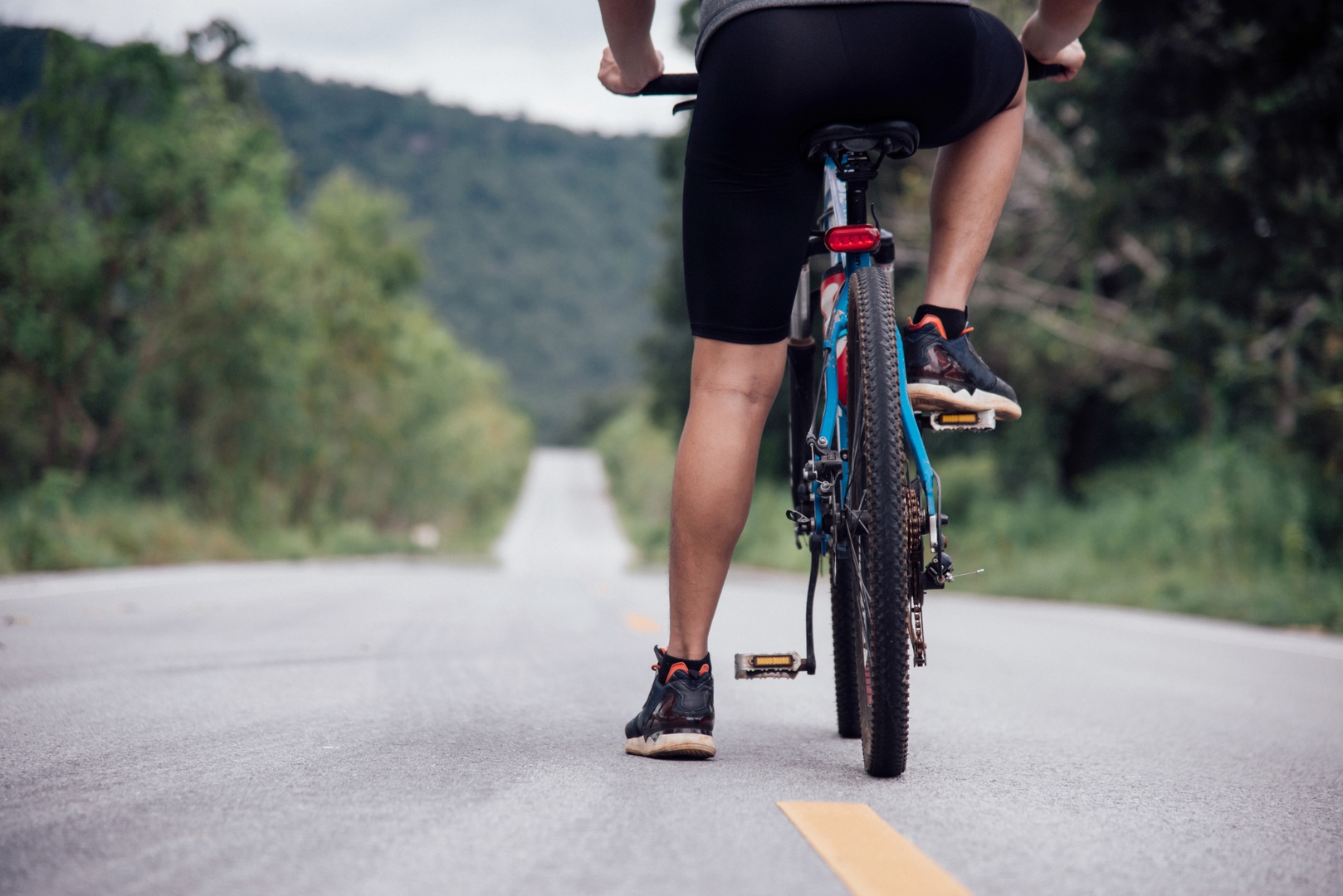
Find a flat surface: Look for a nice, even area to begin with - a flat, open space like an empty car park or a quiet park would be ideal for this activity. Sit on the bicycle with both feet firmly on the ground and walk the bicycle forward while seated.
Push and glide: When you get the hang of walking the bike, you can place your feet on the ground and push—like skating—for a few moments. This steadies the bike's movement.
Lift your feet: As you become more comfortable with the push-and-glide, take your feet off the ground and ride the bike for as long as you can without tipping over. Remember to keep your head up and forward; it helps to keep your balance!
Pro Tip: DO NOT look down at the front wheel! Your body is controlled by where your eyes are focused so choose to aim where you want to go and not at your feet or wheels.
4. Let’s Pedal: Getting Those Wheels Turning
Now that you’re comfortable with the core principle of balance, it’s time to add the element of pedals.
This is the point where things become interesting (and a bit shakier, but don’t panic!)
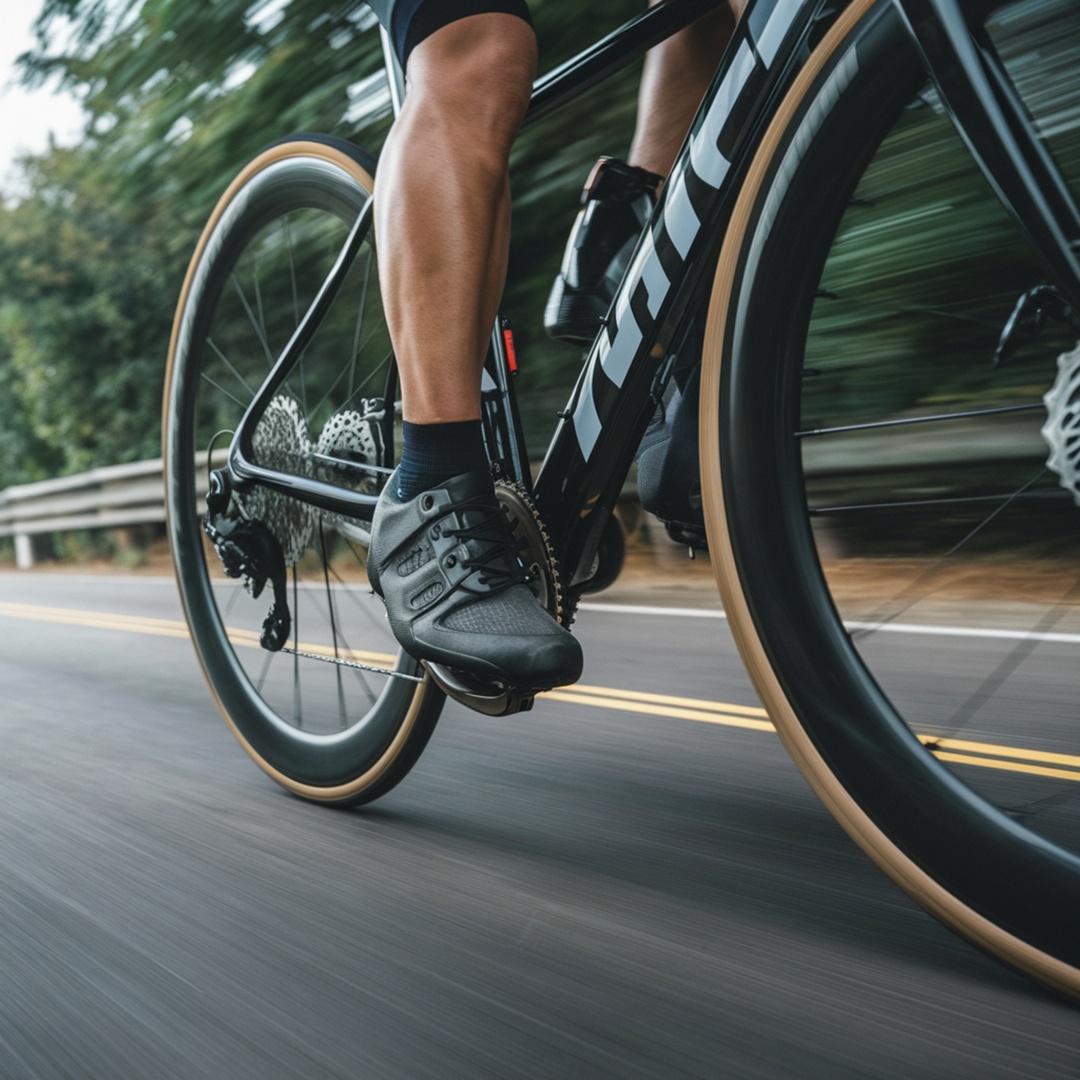
Start with one foot on the pedal: Place one foot on a pedal (approximately at the 2 o’clock position) and leave the other foot grounded. This will give you the leverage to push off.
Push and pedal: Step on the pedal to create some initial power, and at the same time, bring your other foot to the opposite pedal. Keep pedalling in order to retain your balance. The faster you pedal, the more stable the bicycle becomes—it’s proven!
Don’t stop moving: If you stop pedalling too soon, you will lean sideways and probably fall. So, don’t stop moving those feet. Physics, when rightly applied, will save you!
Pro Tip: For a fact, start training in a clear space. When you are just learning to use the pedals, the only thing you should be preoccupied with is keeping yourself on the bike and not cycling around trash or trying to avoid sudden drops.
5. Braking 101: Stop Without the Stumble
Whenever you achieve the desired speed, the next thing to learn is how to stop; ideally, not fall sideways in an exaggerated, slow-motion Bollywood action sequence.
Braking involves a great deal of subtlety and coordination.
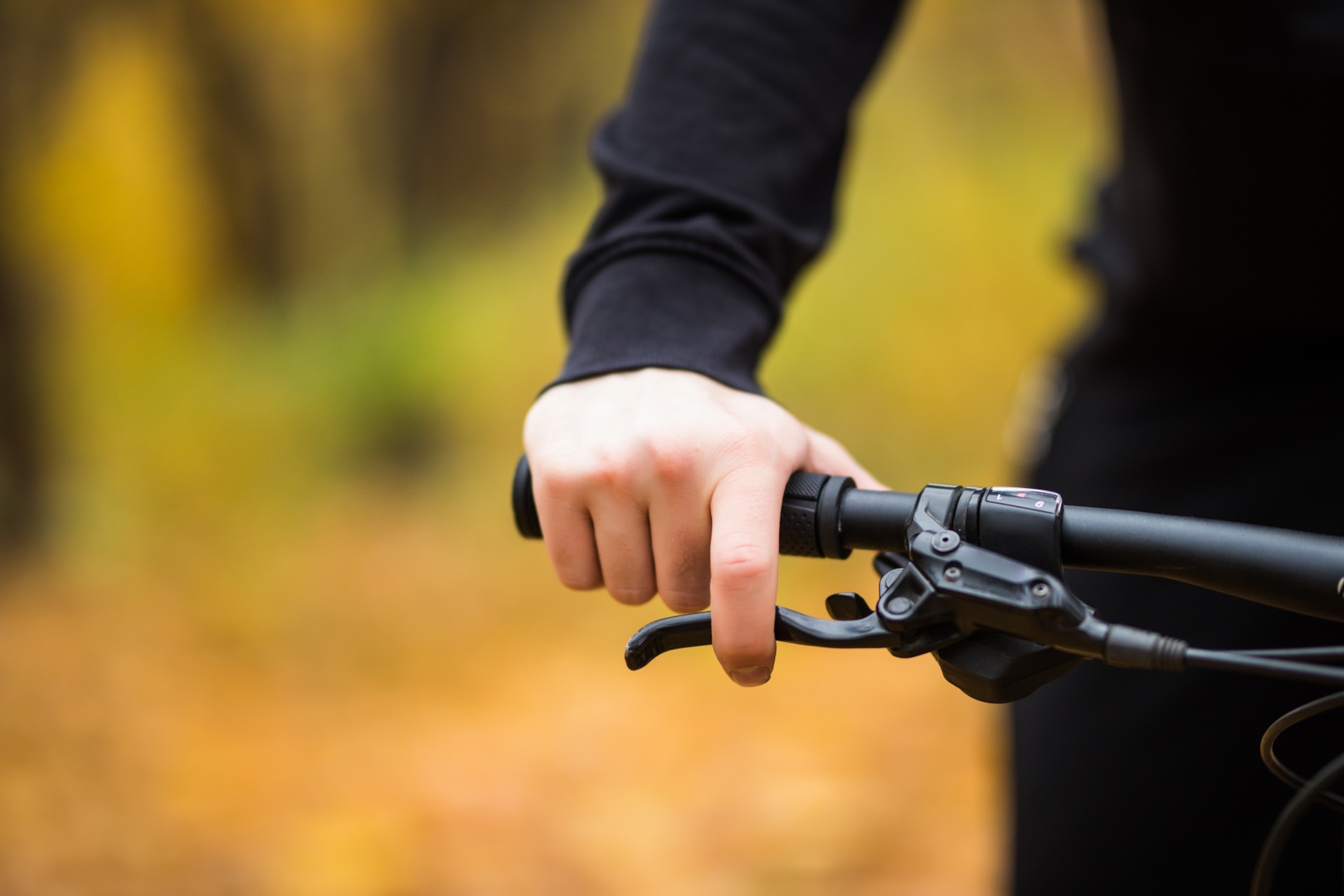
Practice gentle braking: Most likely, you have two brakes on your bicycle, one for the front wheel and the other for the rear wheel. Use both brakes gently at first to get accustomed to slowing down smoothly.
Balance the brakes: By pressing harder on the rear brake and less on the front brake, the rider can prevent going over the handlebars. To be more specific, using just the front brake can sometimes lead to embarrassing situations.
For those who wish to know about e-cycles, they are the same, but without worrying about how to stop faster, since most e-bikes are equipped with better brakes, considering their speed and size. The brakes in e-cycles are usually hydraulic or disc brakes, which are more efficient than the brakes in ordinary bicycles.
This comes in handy, particularly when going downhill or when riding at a faster pace—these are things to remember as you get more skilled at the basics.
Pro Tip: Find a safe, open area and practise braking until it becomes second nature. Stopping at different speeds will help you learn how your bike reacts and how to control it.
6. Steering: Smooth Turns, Not Sharp Swerves
Steering may seem straightforward. But in reality, it gets quite difficult when trying to pedal and keep your balance while not overthinking the process.
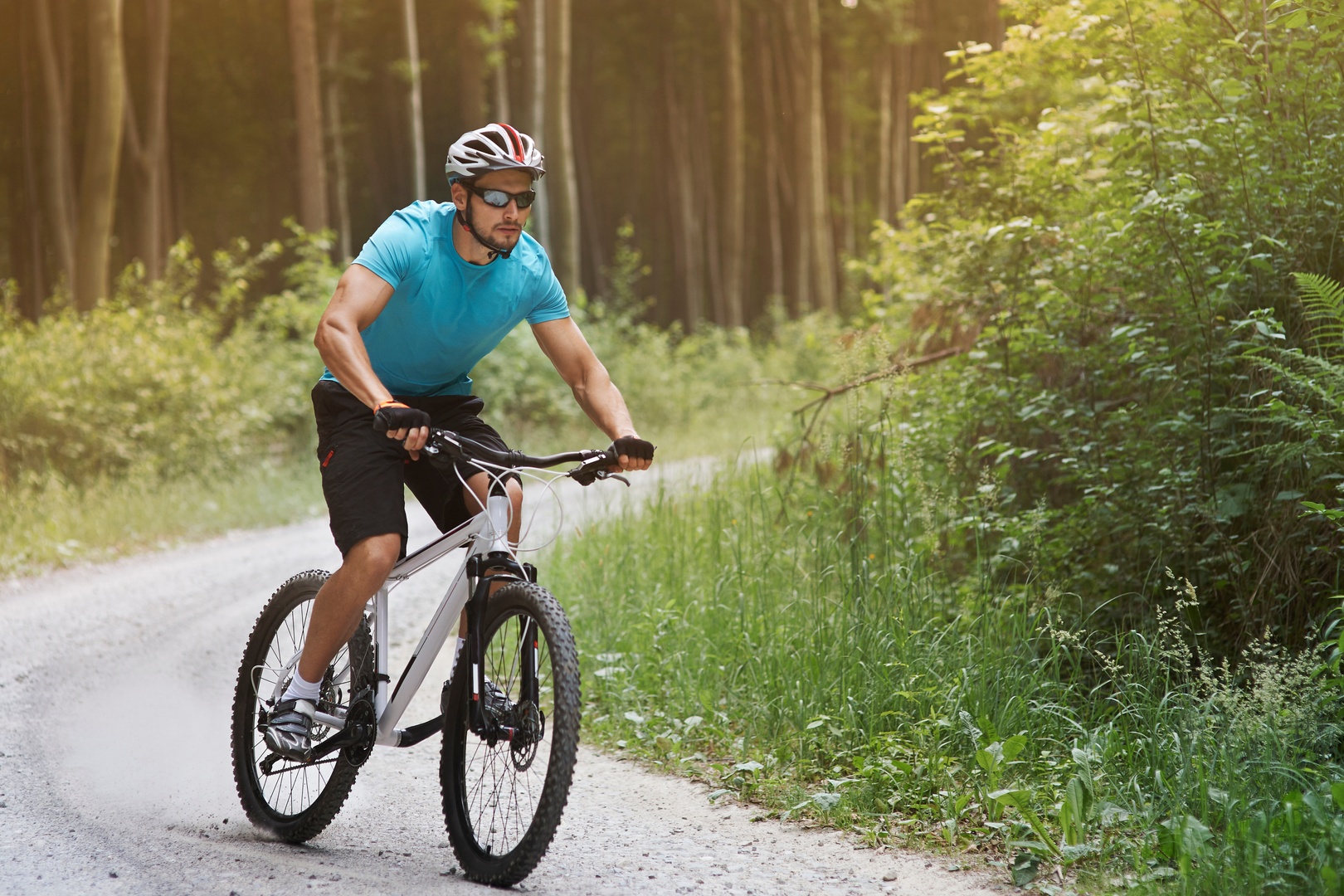
Look where you want to go: The best trick for maintaining balance and direction is to look first and turn your handlebars accordingly. You move where your eyes go, so keep your focus on the road.
Keep it smooth: Do not make frantic movements. First, try to make easy bends and turns. Later, as you gain confidence, you can try more complex twists.
7. Practice Is Key: Consistency Is Your Best Friend
As with learning any new skill, riding a bicycle also requires time, energy, and, most importantly, a positive mindset.
Do not be frustrated if you cannot ride it perfectly within a short time!
Practice regularly: Even 10-15 minutes of practice of any form on a daily basis will help you develop self-assurance and muscle memory.
Celebrate progress: Every wobble without a fall, every pedal without hesitation, and every stop without leaning sideways is progress. Celebrate the small wins.
Pro Tip:
When annoyed with the cycling process, step away for a moment, take a few deep breaths, and return later. Biking skills do not come in a day, and neither does building the city of Rome, so take a chill pill!
8. Customise Your Ride: Make It Yours!
Now that you understand the general ins and outs of cycling, let us discuss the fun activity of modifying your e-bike to your preference.
Some people ride their cycles without any extra attachment, while others prefer adding a bell or a basket to carry food. This makes the process of riding much more fun and personal.
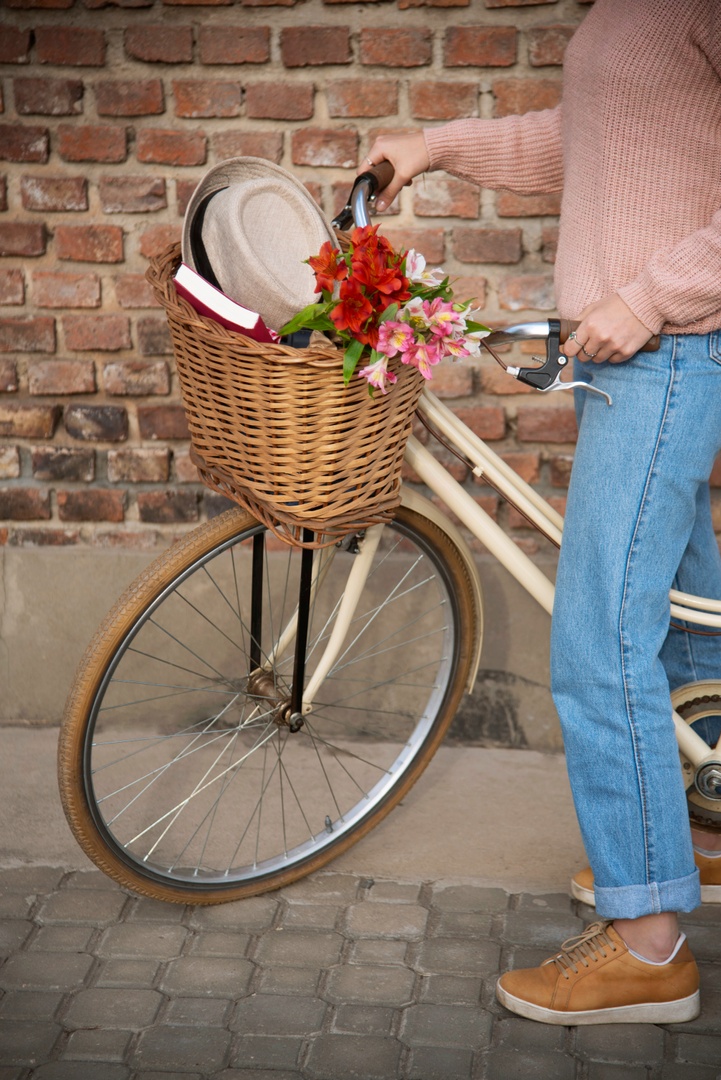
Bells and whistles: A bell is great for alerting pedestrians, and you can use it just for the fun of it. Plus, it adds some personality to your bike!
Basket or rack: These are perfect for carrying your essentials—whether it's a water bottle, jacket, or even your favourite book, like those old Hollywood movies.
Lights and reflectors: If you happen to ride early in the morning or late in the evening, lights are compulsory to keep you safe and visible. They look cool as well.
9. Thinking Ahead: Ready for an E-Cycle?
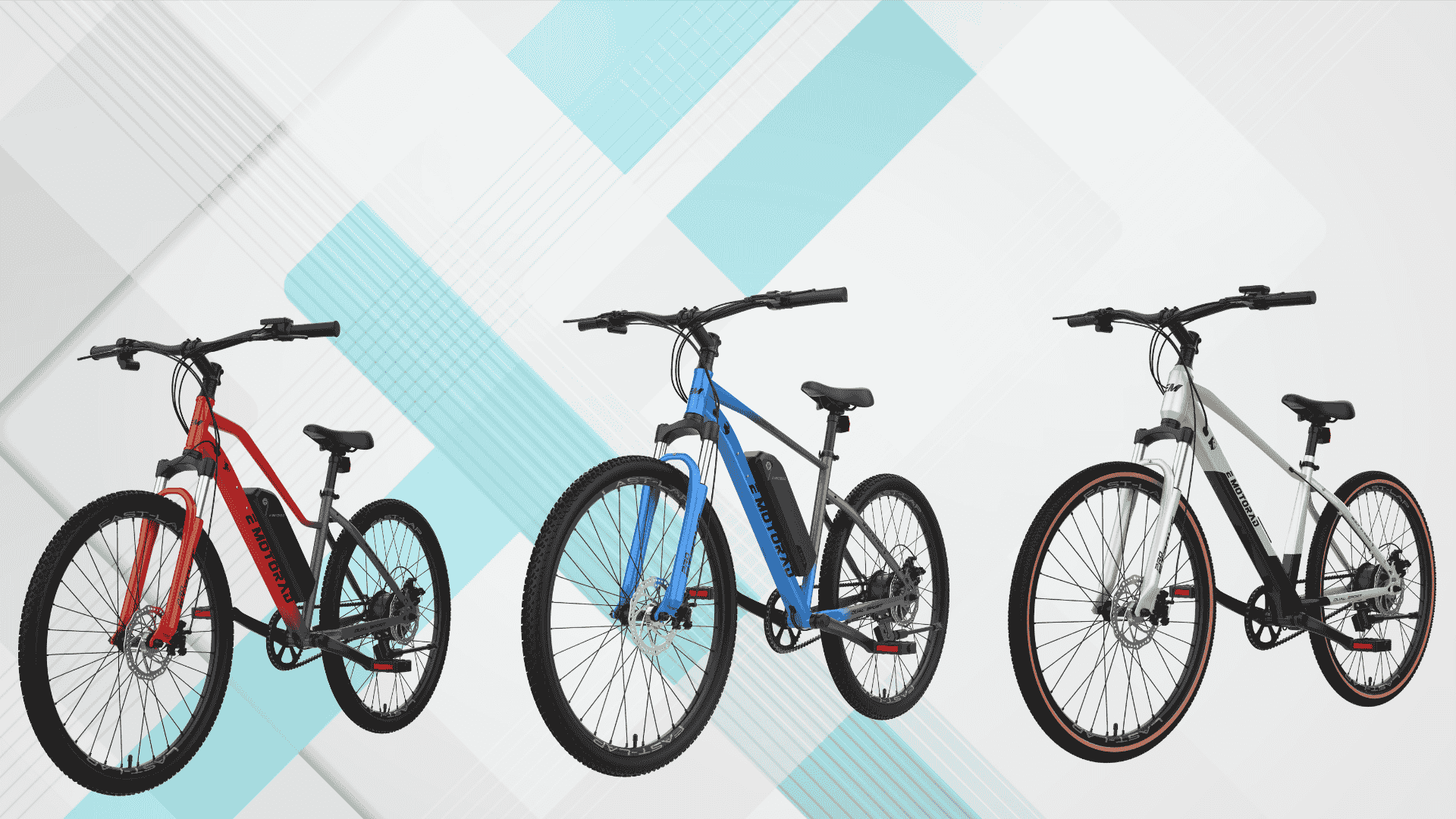
Inevitably, after becoming an expert in traditional cycling, you may wish to venture into the electrifying world of e-cycles!
These bikes come with a motor that helps the rider with some extra power while pedalling, especially when the rider is on a long-distance commute, cycling uphill, or just looking to enjoy the feel of riding. These bikes are also quite fun and easy to use.
From getting to work easily while zipping past traffic to climbing hills without breaking a sweat, e-cycles will dare you to enjoy a whole new experience.
This comes at a time when learning to ride a conventional bike is no longer the end of the line. Now that you can balance on two wheels without falling over, you can try riding an e-cycle, which creates a whole new feeling of pleasure, as well as makes daily travel easy.
How great would it be to enjoy cycling if there’s a little help from technological innovations?
That is the future of e-biking, and it is being fulfilled here at EMotorad.
Conclusion: You’re Ready to Ride!
Congratulations!
You have just embarked upon an adventurous journey of something beyond mere cycling!
From the first attempts at standing on the cycle to effectively circling in the rider’s seat, you are already close to becoming an expert with a bike.
Whether you are riding a bike on a busy city road or buying an electric bicycle for work in the future, there are numerous things that you can do once you learn to cycle.
An e-cycle is quite an improvement from there on, coming with a great boost in features. You can also ride it longer, faster, and with less sweat…
Always remember! It is the journey that matters, the small victories that are appreciated, and above all, the feel of having fun.
So, what are you waiting for?
There’s a world of excitement out there, and you are just a few pedals away from experiencing the pleasure of cycling out.
Ride on!


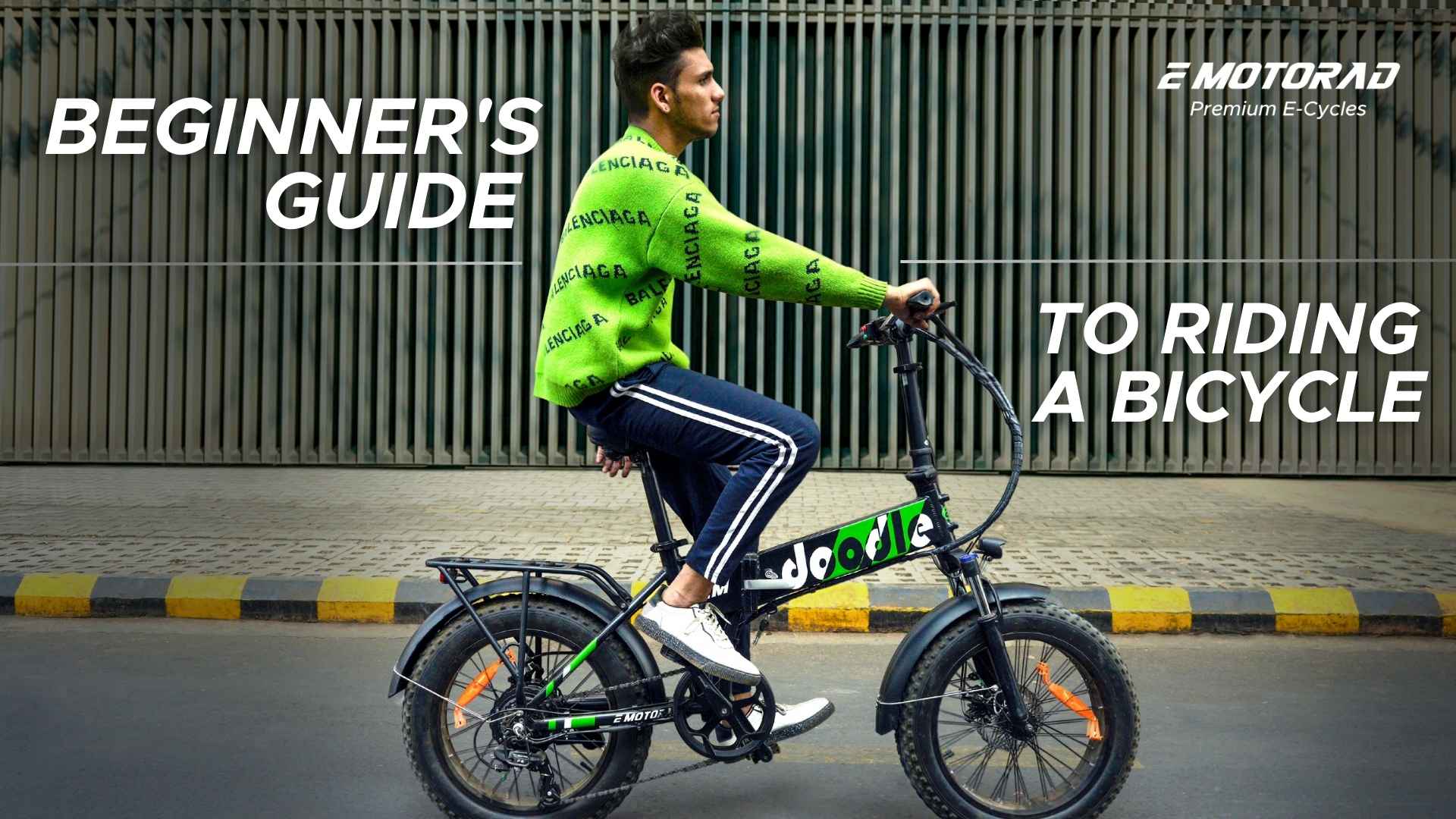
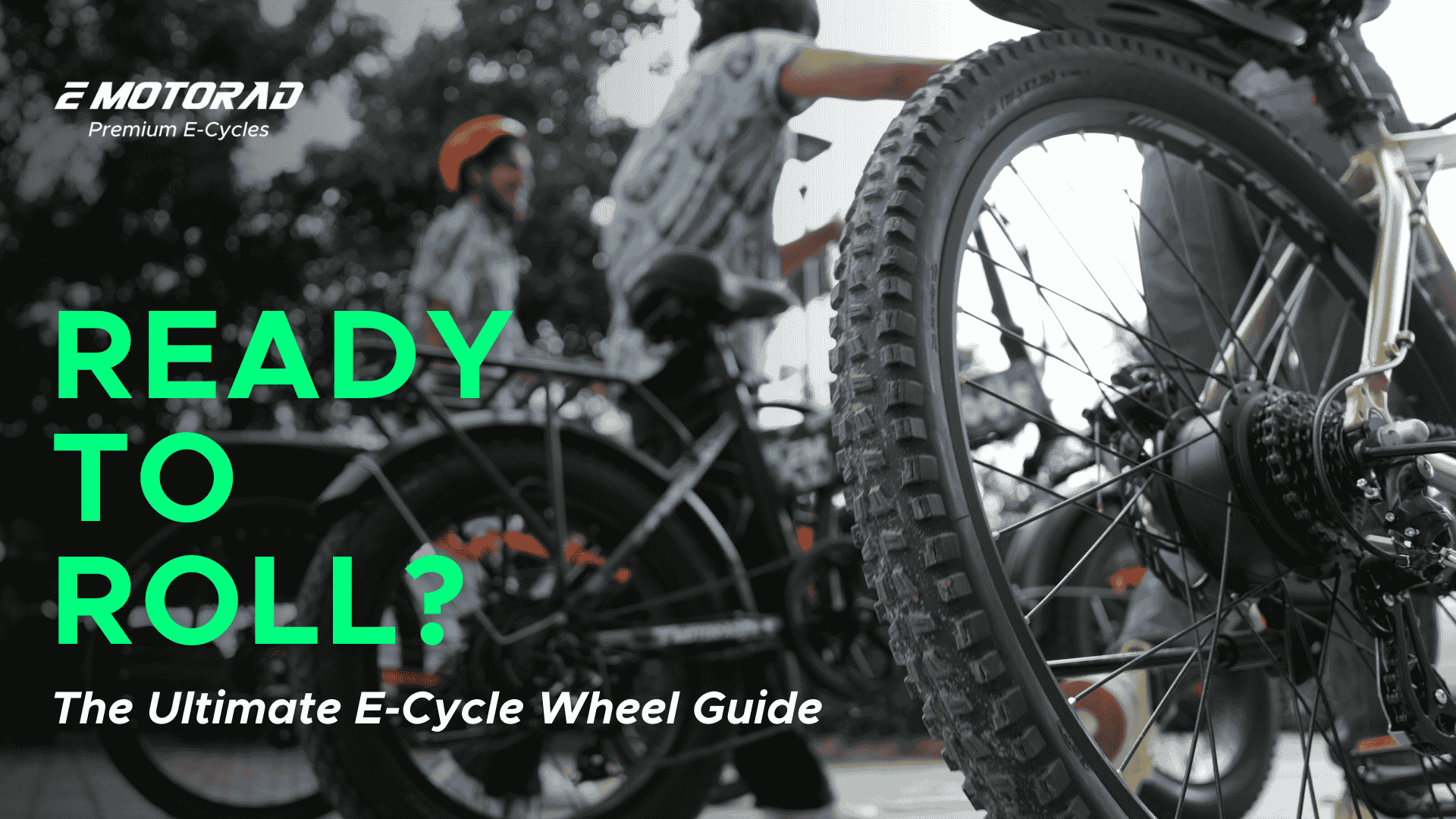
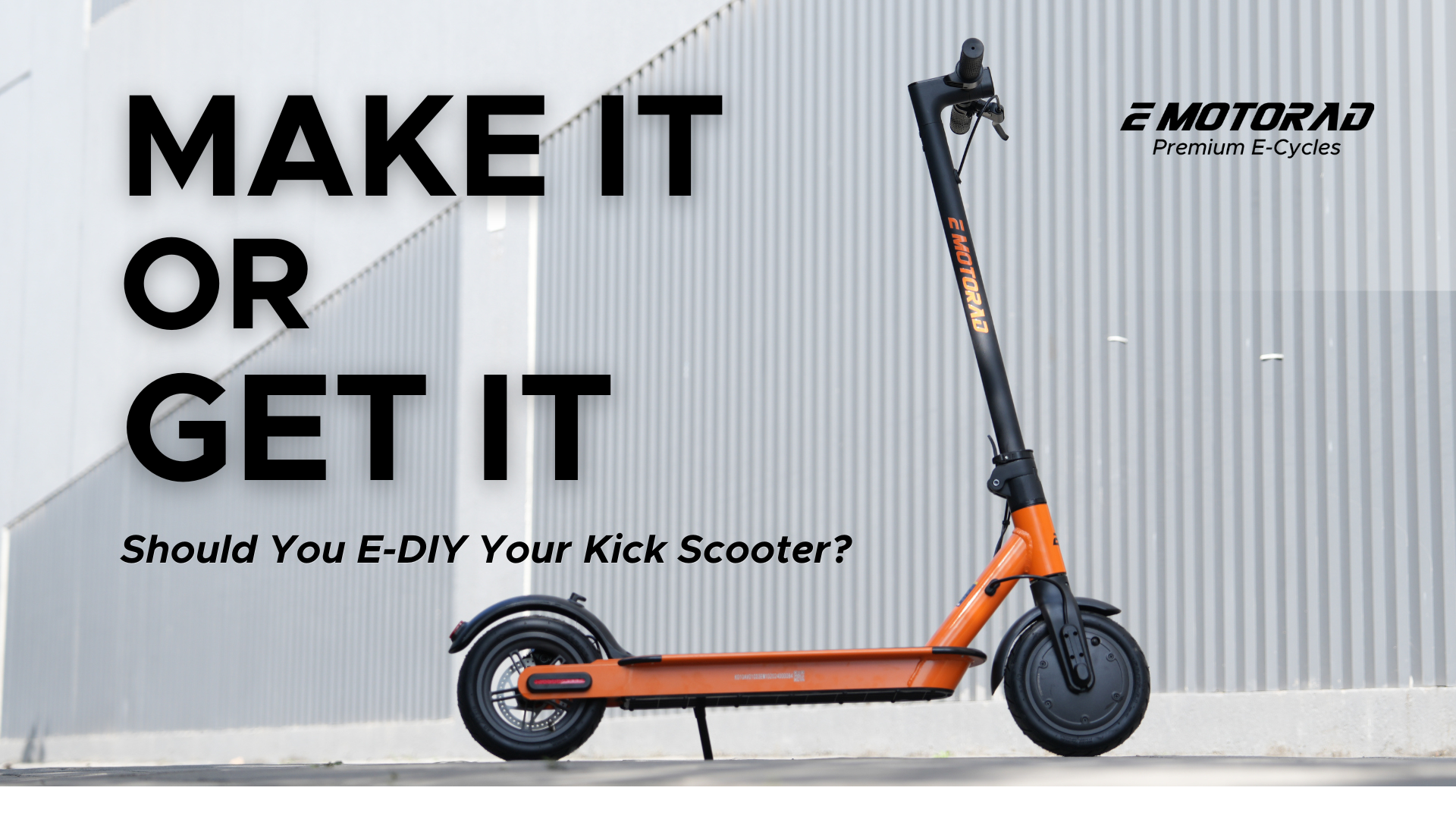
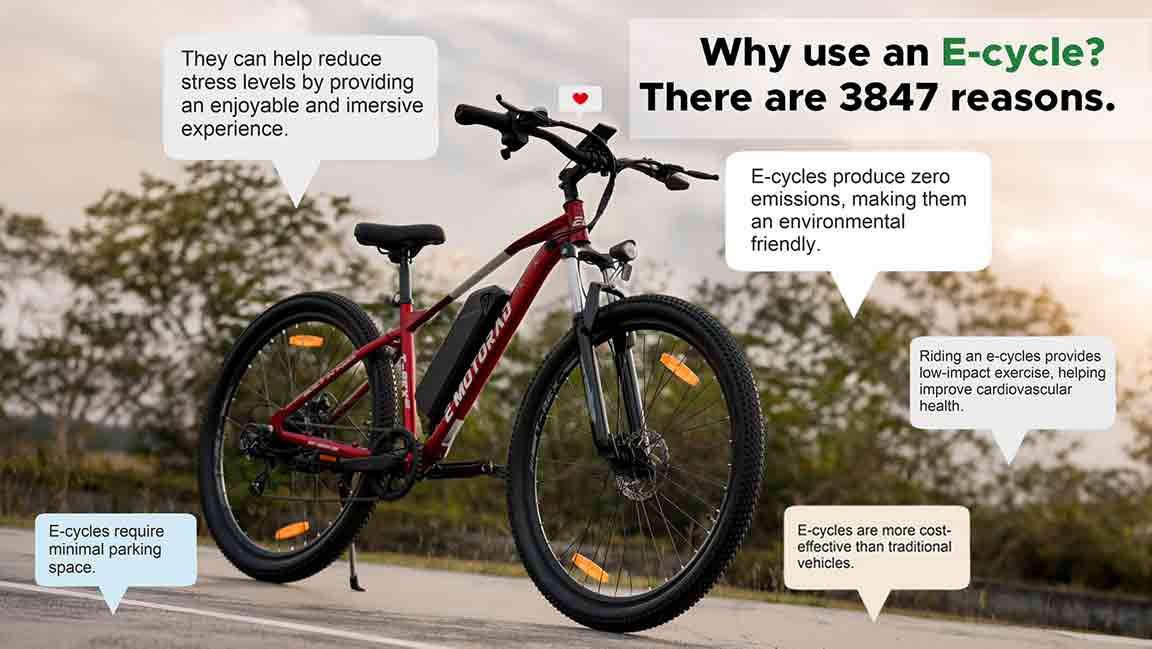

About Us
Blogs
News
EM Stories